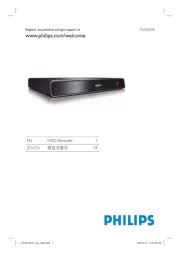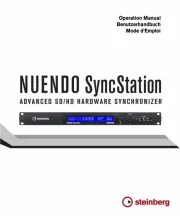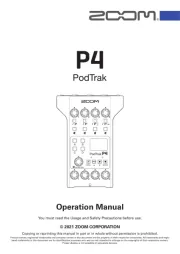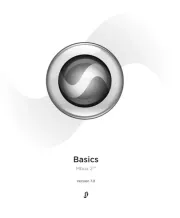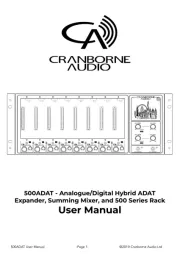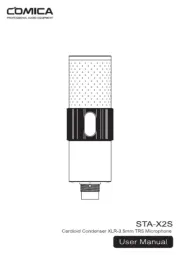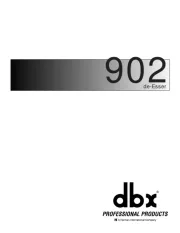Tascam LR-10 Manual
Læs gratis den danske manual til Tascam LR-10 (100 sider) i kategorien Lydoptager. Denne vejledning er vurderet som hjælpsom af 11 personer og har en gennemsnitlig bedømmelse på 4.3 stjerner ud af 6 anmeldelser.
Har du et spørgsmål om Tascam LR-10, eller vil du spørge andre brugere om produktet?

Produkt Specifikationer
| Mærke: | Tascam |
| Kategori: | Lydoptager |
| Model: | LR-10 |
Har du brug for hjælp?
Hvis du har brug for hjælp til Tascam LR-10 stil et spørgsmål nedenfor, og andre brugere vil svare dig
Lydoptager Tascam Manualer
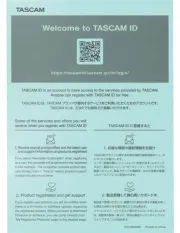









Lydoptager Manualer
- Focusrite
- Pyle
- Grundig
- Avid
- AJA
- Pinnacle
- Roland
- DBX
- Steren
- DataVideo
- Philips
- Manta
- Sanyo
- Comica
- API Audio
Nyeste Lydoptager Manualer
